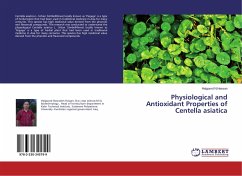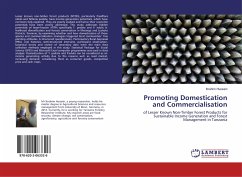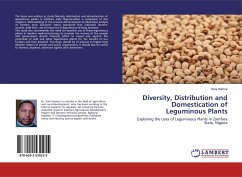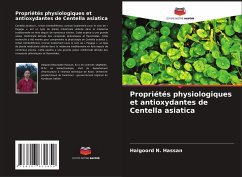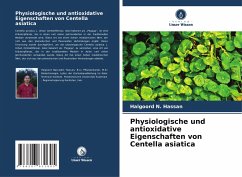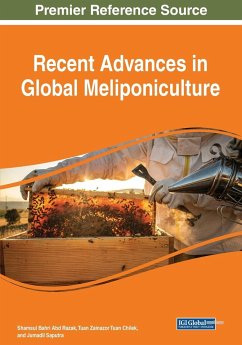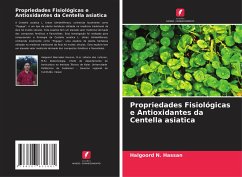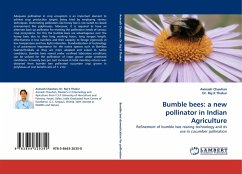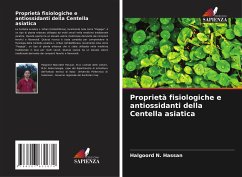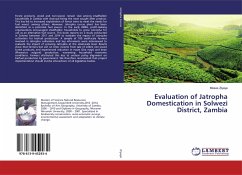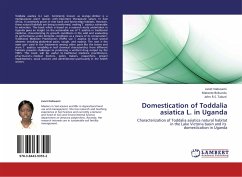
Domestication of Toddalia asiatica L. in Uganda
Characterization of Toddalia asiatica natural habitat in the Lake Victoria basin and its domestication in Uganda
Versandkostenfrei!
Versandfertig in 6-10 Tagen
32,99 €
inkl. MwSt.

PAYBACK Punkte
16 °P sammeln!
Toddalia asiatica (L.) Lam. Commonly known as orange climber is a multipurpose plant species with important therapeutic values. In East Africa, it commonly grows in river bank and forest edge habitats. However, these natural habitats are being transformed, making T. asiatica vulnerable to extinction. This book which is based on a research study undertaken in Uganda gives an insight on the sustainable use of T. asiatica in traditional medicine, characterizing its growth conditions in the wild and evaluating its performance under domestic conditions as a means of its conservation. Traditional Me...
Toddalia asiatica (L.) Lam. Commonly known as orange climber is a multipurpose plant species with important therapeutic values. In East Africa, it commonly grows in river bank and forest edge habitats. However, these natural habitats are being transformed, making T. asiatica vulnerable to extinction. This book which is based on a research study undertaken in Uganda gives an insight on the sustainable use of T. asiatica in traditional medicine, characterizing its growth conditions in the wild and evaluating its performance under domestic conditions as a means of its conservation. Traditional Medicine Practitioners (TMPs) use T. asiatica to treat several ailments including abdominal pains, cough, and malaria. The root is the main part used in the treatments among other parts like the leaves and stem. T. asiatica variability in leaf chemical characteristics from different habitats presents challenges to producing a uniform drug output by the TMPs. This book will be useful to traditional medicine practitioners, pharmacists, medical doctors, policy makers, researchers, project implementers, social workers and administrators particularly in the health sectors.



